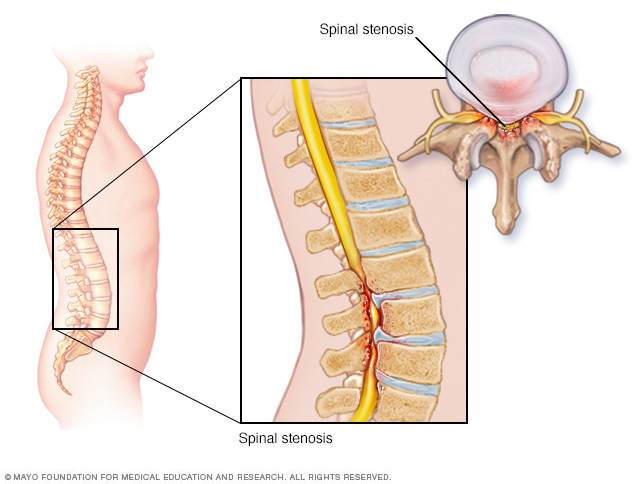
Pre-pregnancy potato consumption and risk of gestational diabetes mellitus: prospective cohort study.
Abstract STUDY QUESTION: What is the association between potato consumption before pregnancy and the risk of gestational diabetes mellitus (GDM)? METHODS: This prospective cohort study included 15?632 women from the Nurses’ Health Study II (1991-2001). They had no previous GDM or chronic diseases before pregnancy. Consumption of potatoes and other foods was assessed every four years. Incident first time GDM was ascertained from self reports of a physician diagnosis of GDM, which was previously validated




